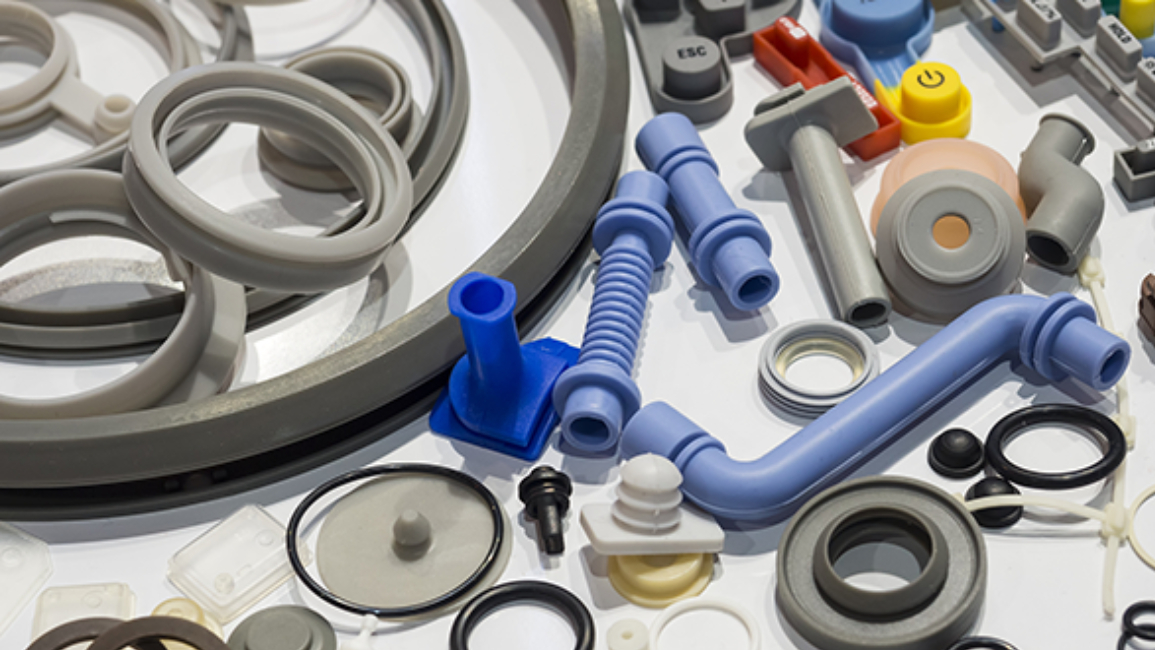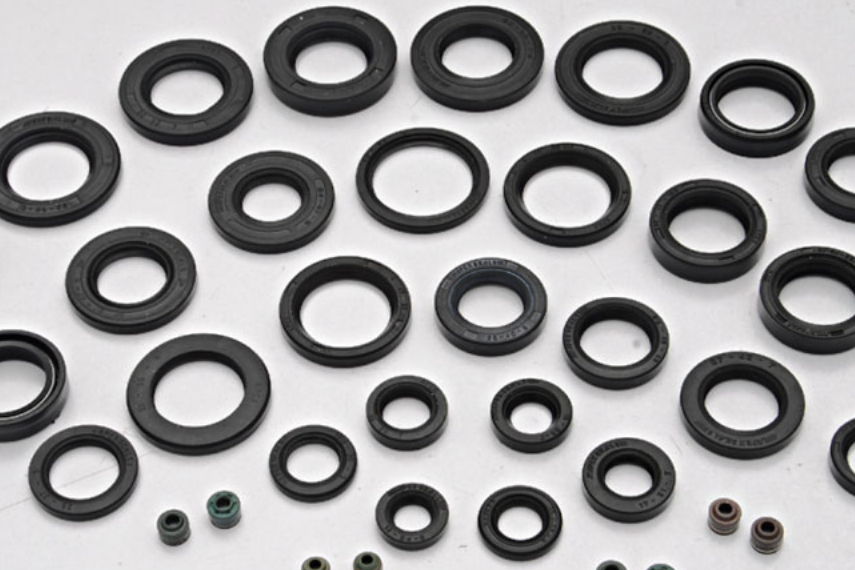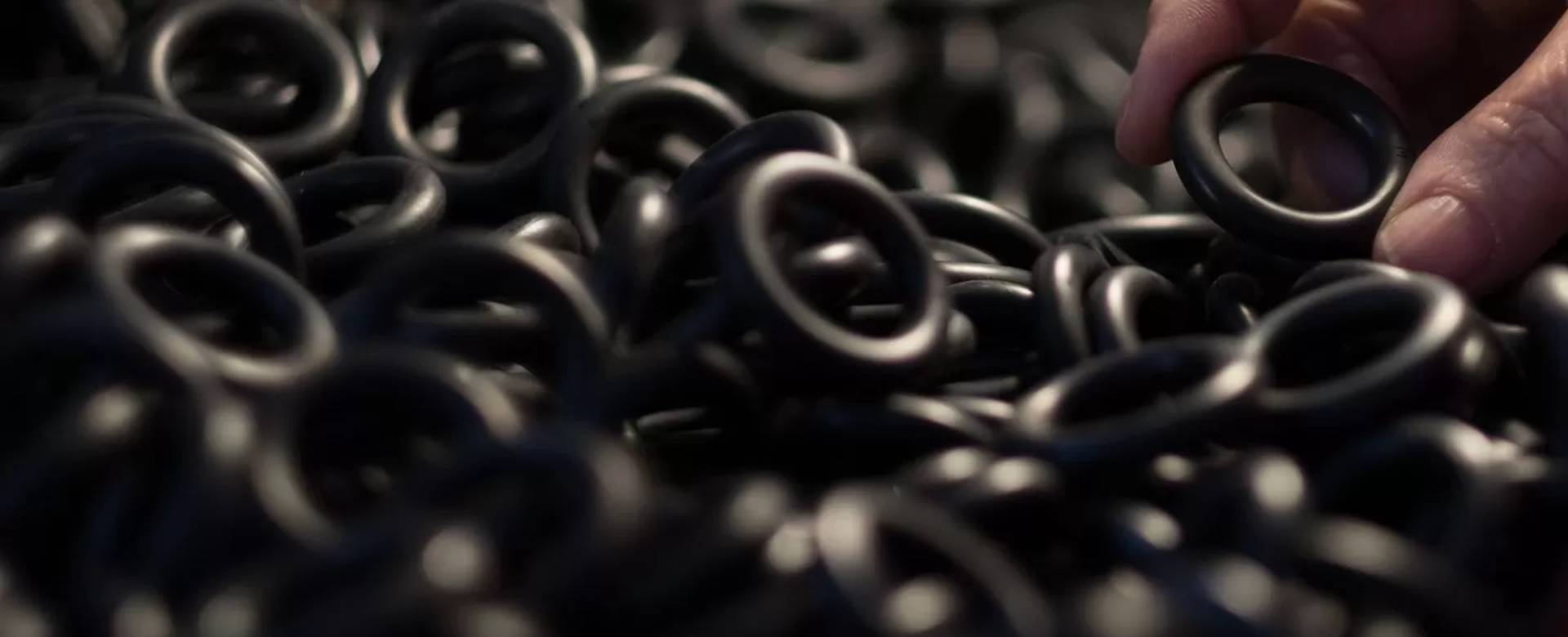
Rubber Seals: Reliable Solutions for Effective Sealing
High-Quality Rubber Seals for Optimal Sealing Performance
They play a crucial role in many applications. They are designed to prevent leaks, resist chemicals and high pressures, and reduce noise and vibration. In other words, they keep things where they're supposed to be.
Rubber seals come in many different shapes, sizes and materials, each with its own advantages and limitations. Some of the most common types include O-rings, gaskets, seal strips and diaphragms. They can be made of natural or synthetic rubber, silicone, Viton, EPDM, Nitrile and other materials. Choosing the right rubber seal for your needs involves considering factors such as temperature range, chemical compatibility, durometer or hardness, and cross-section shape. Improper selection or installation of seals can lead to costly failures, downtime, and safety hazards. But with the right knowledge and guidance, you can ensure the proper use and maintenance of your seals.
Common applications of rubber seals
Rubber seals are a vital component in multiple applications and industries. In the automotive industry, they are used to prevent leakage of fluids and gases. Rubber seals are also a popular choice in the marine industry due to their resistance to saltwater corrosion. In the construction industry, rubber seals are used in windows and doors to keep out drafts, water, and noise. Medical equipment and electronics also rely on high-quality rubber seals for the prevention of fluid and air leaks.
But, let's not forget about our daily lives. Without rubber seals, where would we be? No more vacuum-sealed packets of food, no more waterproof phones, and no more toiletries bottles that don't leak in our bags. Thank you, rubber seals. You're the real MVPs. In all seriousness, the key takeaway is that rubber seals play an essential role in our daily lives. Their versatility and durability make them a popular choice across multiple industries. Whether you're looking for seals for your car, boat, or medical equipment, choosing the right type of rubber seal is crucial for ensuring longevity and efficiency.
- Prevents leakage
- Eliminates vibration
- Protect surface from rust and external damage
- Easy fitting due to dimensional accuracy


Choosing the right rubber seal
When choosing a rubber seal, consider temperature range, chemical resistance, pressure rating, durometer, and cross-section shape. Quality materials, precise manufacturing, and proper installation are essential for optimal performance and longevity. Seek specialist advice if needed. Choose wisely to avoid costly repairs or replacements.
Installation and maintenance of rubber seals
When it comes to the installation and maintenance of rubber seals, there are some best practices you must keep in mind. Firstly, ensure that the seals are clean and free of damage before installation. This will prevent any contamination and ensure a proper seal. When installing the seals, avoid twisting or stretching them, as this can lead to deformation and ultimately, a faulty seal. One common issue with rubber seals is that they can become brittle or hard over time. This can be caused by exposure to temperature extremes or chemical degradation. Regular inspection and maintenance is crucial to catch these issues early and prevent more significant problems down the line. Another important aspect of seal maintenance is regular inspection. Regular inspections can catch issues early on, leading to preventative maintenance and avoiding costly repairs in the future. Inspect seals for signs of wear, damage, or deformation, and replace them if necessary. In conclusion, proper installation and maintenance of rubber seals are essential to ensure their longevity and effectiveness. By following best practices for installation, addressing common issues, and performing regular maintenance and inspections, you can extend the life of your rubber seals and prevent issues down the line.
Avoiding counterfeit and low-quality rubber seals
You might be tempted to go for low-priced seals, but keep in mind that cheap isn't always good. If you want to avoid leaks or any other form of failures, make sure that you know how to recognize counterfeit seals. One of the most common issues with counterfeit seals is their inability to resist extreme temperatures or chemicals. Go for quality seals that will provide longer-lasting performance. When purchasing rubber seals, be sure to use a reliable supplier. Do not buy from shady sources. The seal might seem alright at first, but it might lead to significant failures in the long run. Ensure you follow best practices in procurement and verify the supplier's authenticity, certifications, and past customer reviews.

